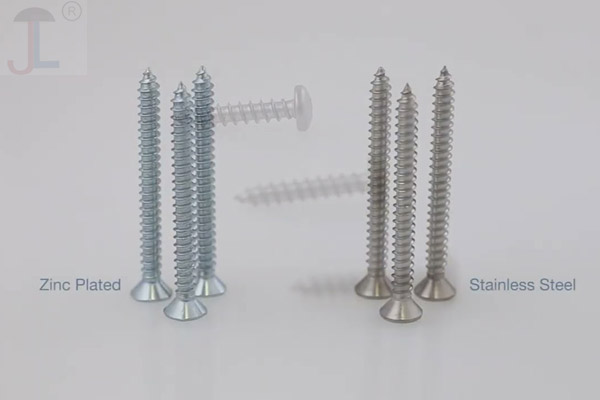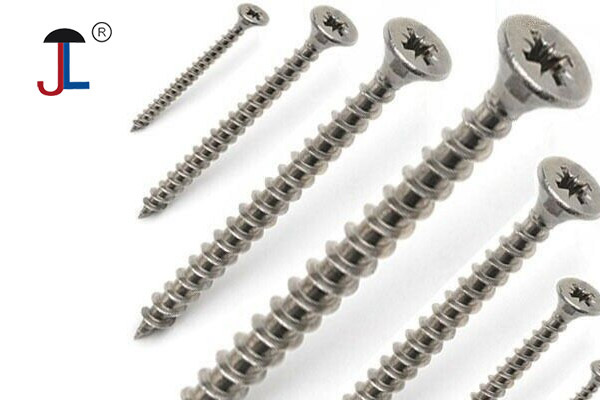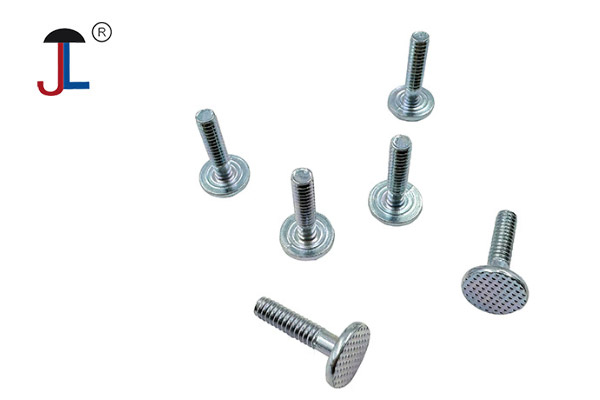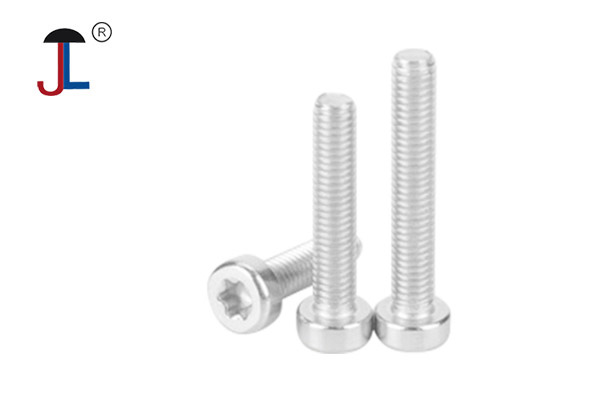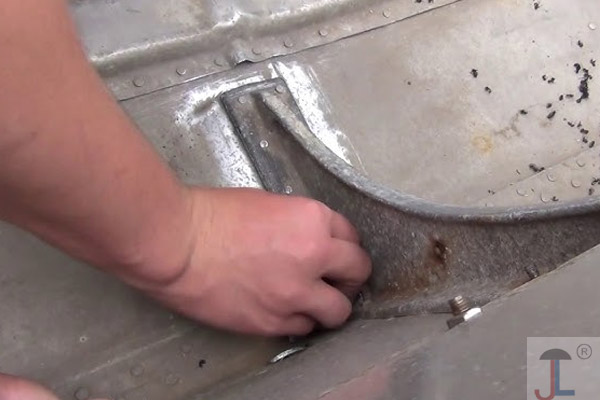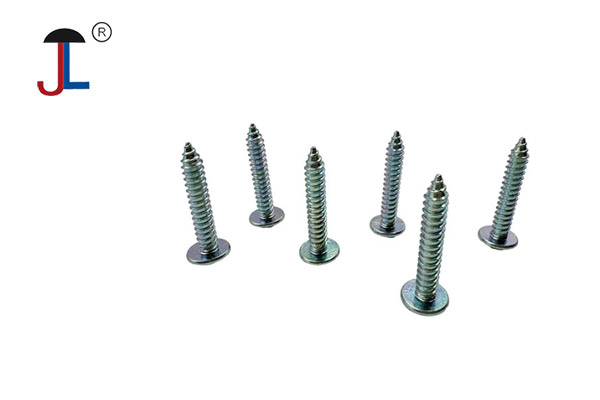
You can use several simple tests—alone or in combination—to determine whether a screw is stainless steel:
-
Magnet Test
-
Many stainless alloys (especially 300‑series: 304, 316) are essentially non‑magnetic.
-
If a small magnet barely sticks or doesn’t stick at all, it’s likely stainless.
-
If it sticks strongly, it’s almost certainly a carbon steel or alloy steel screw.
-
⚠️ Note: Some “ferritic” stainless grades (e.g. 430) are magnetic, so a magnetic result doesn’t 100% rule out stainless.
-
-
Surface Appearance & Finish
-
Stainless typically has a brighter, more polished “silvery” look than zinc‑plated or black‑oxide steel.
-
Carbon steel screws often show a yellowish chromate, black phosphate, or dull gray finish.
-
Look for a smooth, uniform, corrosion‑resistant surface—stainless won’t flake or chip.
-
-
Spark Test (if you have a grinder)
-
Briefly touch the screw to a high‑speed grinding wheel.
-
Carbon steel yields long, bright sparks with forked bursts.
-
Stainless (especially 300‑series) produces few, duller sparks that are more reddish and shorter.
-
-
Acid Test
-
A drop of nitric acid will react vigorously with plain carbon steel (rust‑colored stain), but stainless resists attack (little to no reaction).
-
Safety first: Wear gloves, goggles, and work in a fume‑hood or well‑ventilated area.
-
-
Weight/Density
-
Stainless is slightly denser than carbon steel. If you have identical screws (same size), the stainless one will feel a tiny bit heavier.
-
-
Markings & Documentation
-
Under the head, some stainless screws are stamped “A2” or “A4” (common ISO designations for 304 and 316, respectively).
-
Check packaging or supplier specs if available—stainless fasteners are often labeled as such.
-
-
Corrosion Resistance
-
Leave the screw out in a damp environment for a few days. Carbon steel will start to rust; stainless will show little or no corrosion.
-
Start with the magnet test (quick and non‑destructive) and visual inspection. If it’s non‑magnetic and has that bright, chip‑resistant finish, it’s almost certainly stainless. When in doubt—especially for critical or marine applications—confirm with an acid or spark test or consult the manufacturer’s documentation.
Shop Stainless Steel Screws Today – Fast Shipping Available

